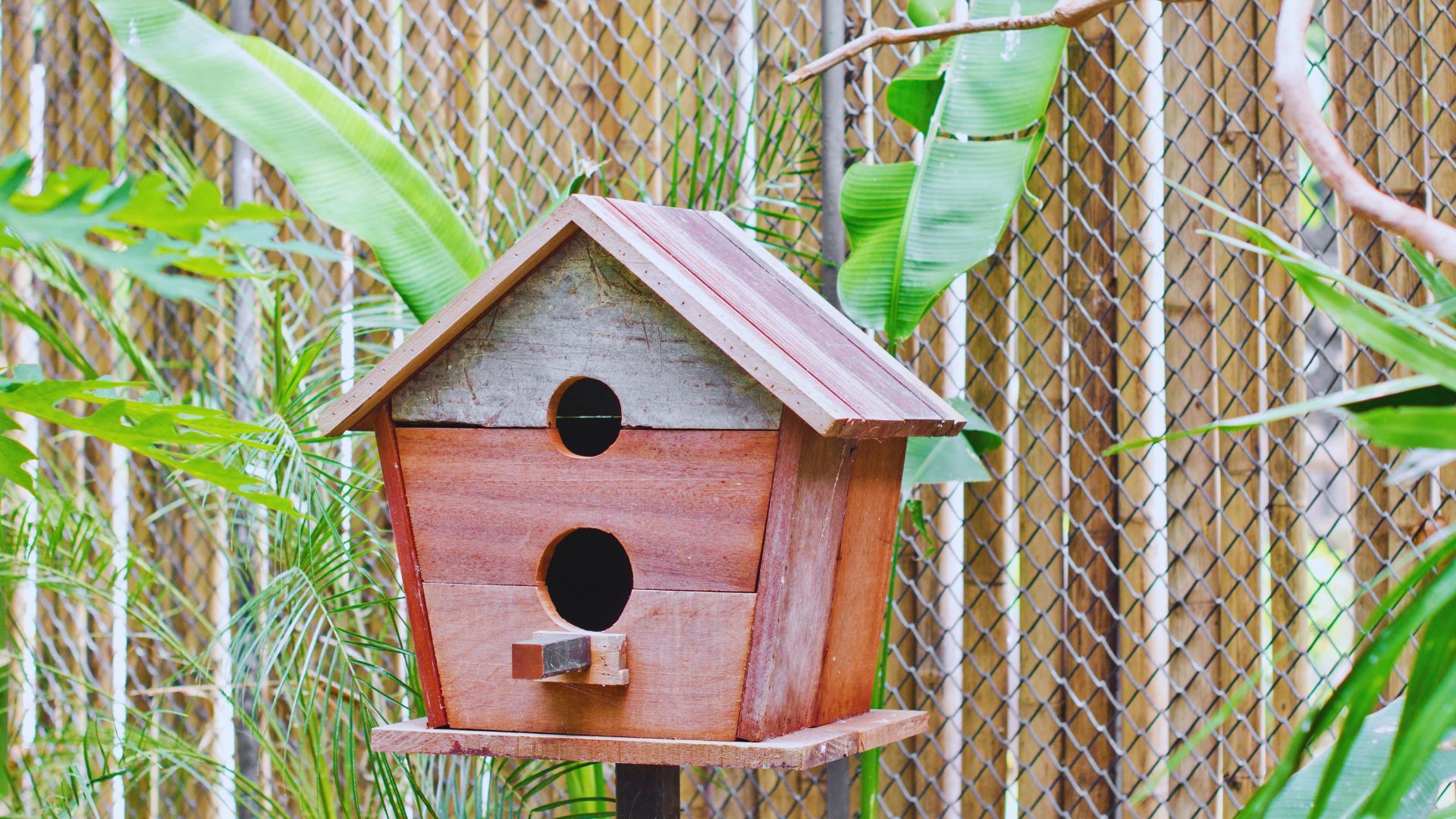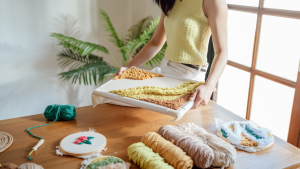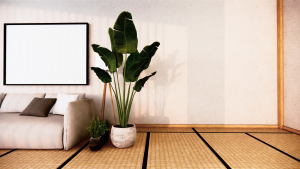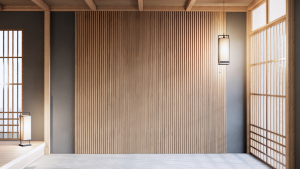Building a birdhouse can be a fulfilling project that enhances any garden or outdoor space. To create a simple yet effective birdhouse, one needs just a few basic materials and tools, along with a clear plan to guide the construction process. This endeavor not only provides shelter to local birds but also encourages biodiversity and brings joy to birdwatching enthusiasts.
The process involves selecting suitable wood, deciding on the design, and ensuring proper ventilation and drainage in the build. Each element plays a crucial role in attracting birds and keeping them comfortable. With the right approach, anyone can successfully construct a birdhouse that will provide years of enjoyment for both the birds and their observers.
Assembling a birdhouse is an opportunity to tap into creativity and craftsmanship. This article will guide readers through the steps needed to build a functional and aesthetically pleasing birdhouse that will welcome feathered friends into their outdoor space.
Planning Your Birdhouse Design
Creating a suitable birdhouse requires careful planning to ensure it meets the needs of the intended bird species. Key considerations include materials, appropriate dimensions, and safety features.
Choosing the Right Materials
Selecting the right materials is crucial for a successful birdhouse. Cedar is often preferred for its natural resistance to decay and insects, making it durable and long-lasting.
Other wood options include pine and plywood, but they should be treated with non-toxic preservatives if used.
Avoid using metal, as it can heat up excessively, harming the birds inside. For roof construction, consider using shingles to provide additional insulation from temperature extremes.
Determining Dimensions for Bird Species
Different bird species require specific dimensions for their nesting boxes.
For example, a house wren benefits from a box measuring about 6×6 inches with a depth of 8 inches. Conversely, bluebirds prefer a slightly larger space, typically 5×5 inches with a depth of 10-12 inches.
Chickadees and nuthatches can thrive in similar dimensions to house wrens. The entrance hole size is also significant; for example, a 1 1/8-inch diameter hole suits bluebirds, while house wrens require a smaller entrance of about 1 inch.
Safety and Durability Considerations
Consider safety features when designing a birdhouse. Proper ventilation is essential, as it helps regulate temperature and prevents overheating. Placing drainage holes in the bottom will ensure that any moisture can escape, protecting the nest from mold.
Additionally, secure the birdhouse to a tree or post to prevent it from being easily dislodged by wind or predators.
It’s advisable to avoid sharp edges that can harm the birds. A clean-out door will facilitate easy cleaning between nesting seasons, promoting a healthier environment for returning birds.
Building Process
The building process involves precise cutting, careful assembly, and ensuring proper ventilation and drainage for the birdhouse. Each step is crucial for creating a sturdy and functional home for birds.
Cutting and Measuring the Wood
Accurate measurements are essential when preparing materials for the birdhouse. Begin by selecting suitable wood, such as cedar or pine, known for their durability. Use a measuring tape to mark the dimensions of each piece: typically, a base, four walls, a roof, and a front with an entrance hole.
Saws, such as a circular or jigsaw, can help achieve clean cuts. After cutting, it’s important to sand the edges to remove any splinters. Keeping user safety in mind, always wear appropriate protective gear while cutting. Following these steps ensures each piece fits correctly during assembly.
Assembling the Pieces
When assembling the birdhouse, wood glue is crucial for added stability. Start with the base and attach the walls using screws. Drill pilot holes to prevent the wood from splitting.
Using clamps can hold the pieces together while the glue dries. Ensure that each wall is vertical, creating a square structure. It’s advisable to attach the roof last, allowing for easy access to the interior when maintenance is needed. This methodical approach establishes a robust framework.
Adding Ventilation and Drainage
Proper ventilation and drainage are vital for the health of the birds. Drill small holes near the top of the walls to allow warm air to escape and replace it with fresh air.
Additionally, creating drainage holes in the base will prevent water accumulation, reducing the risk of mold and maintaining a dry habitat. It’s advisable to keep these holes small to prevent predators from entering. Ventilation and drainage contribute not only to the structural integrity but also to the overall comfort of the birdhouse occupants.
Finishing Touches
After constructing a birdhouse, adding the right finishing touches enhances its appeal and functionality. Proper finishing helps protect the birdhouse and ensures it attracts feathered friends while minimizing potential issues with pests like squirrels and raccoons.
Painting and Decorating
Selecting the appropriate paint or finish is crucial for the birdhouse’s longevity. Use non-toxic, water-based paints or stains that are safe for birds.
Color Choices:
- Earthy tones like browns and greens blend well with natural surroundings.
- Bright colors may attract birds, but should be used sparingly.
Decorating with natural materials, such as twigs or leaves, can camouflage the birdhouse. Avoid heavy decorations that might hinder bird access or nest building.
Make sure to let the paint dry completely before mounting. This will prevent any harmful fumes from affecting the birds. A waterproof sealant can also be used to protect the wood from moisture during spring rain.
Mounting Your Birdhouse
Proper mounting is essential for bird safety and accessibility. Choose a location away from predators, such as trees or tall grasses that might harbor raccoons or squirrels.
Mounting Options:
- Poles: Create height by mounting on poles, ensuring a safe distance from climbing pests.
- Trees: If mounting on trees, place at least 6-10 feet off the ground, preferably facing a yard or clearing.
Secure the birdhouse with screws or brackets to ensure stability against wind and weather. Regular checks are beneficial to ensure that it remains sturdy and clean.
Avoid mounting directly on a tree trunk, as this can cause damage to the tree and make access easier for pests.




